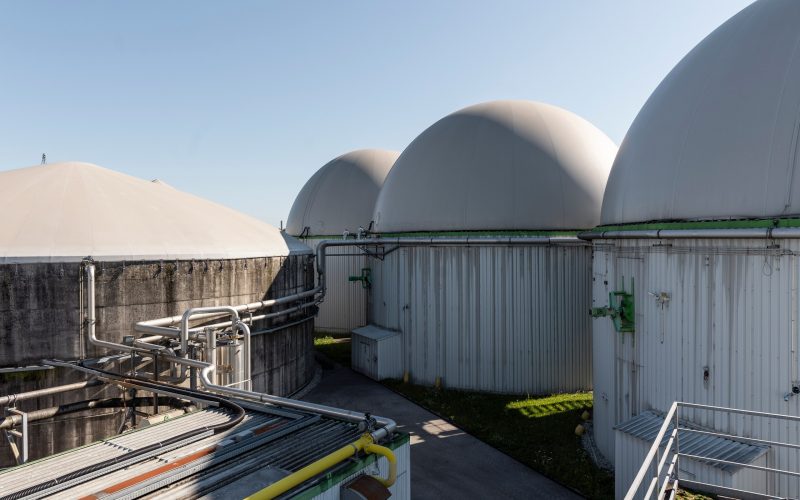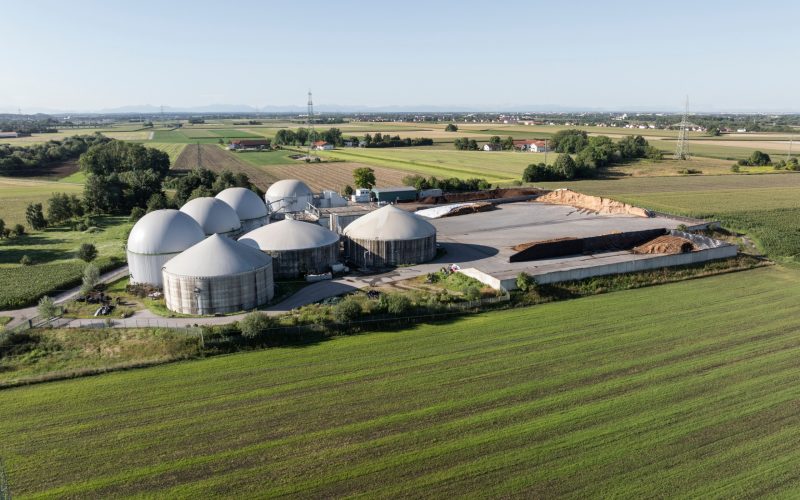Bioenergy remains the single largest category of low-carbon energy sources — IEA
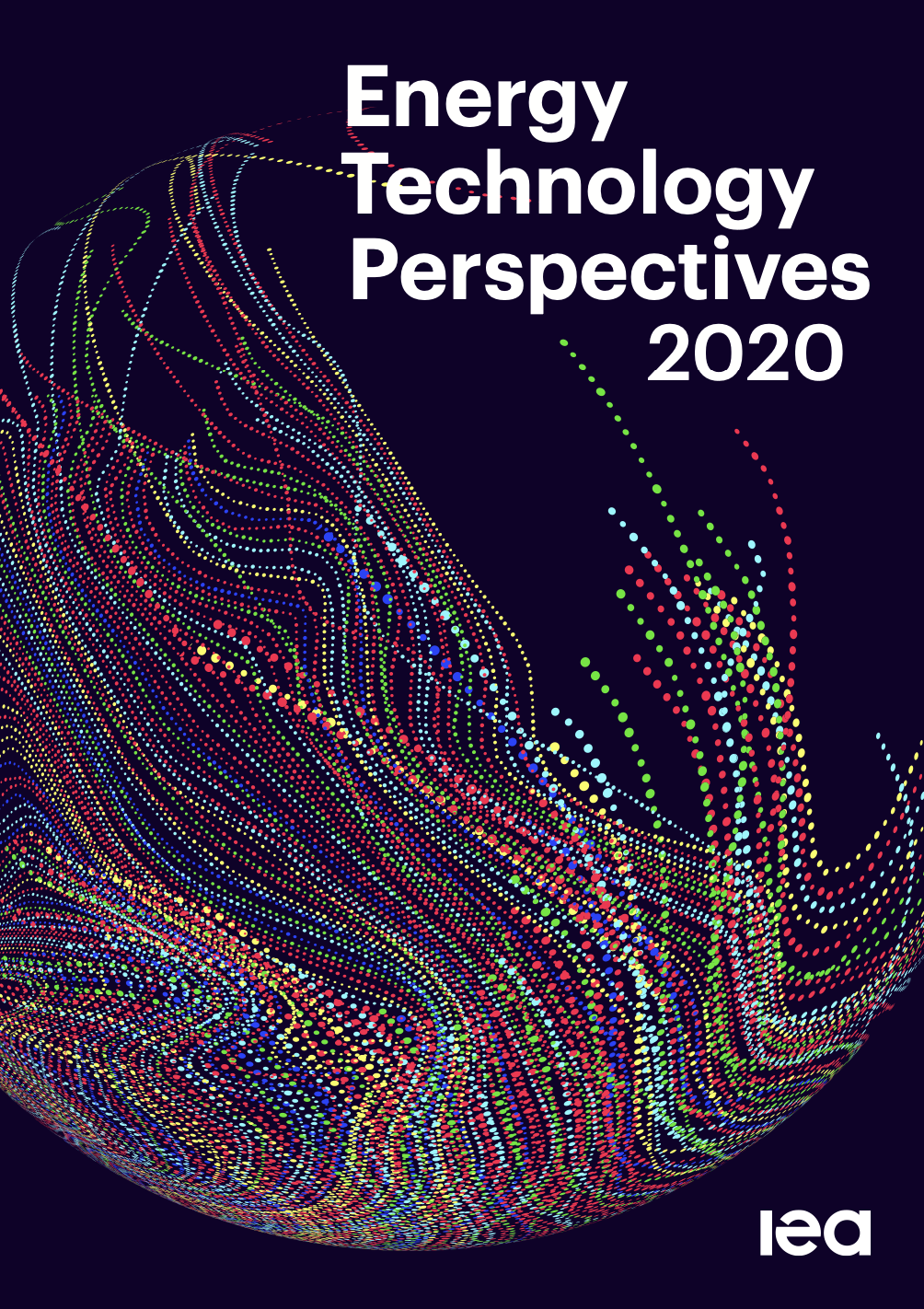
Flagship report of the International Energy Agency «Energy Technology Perspectives 2020» is available by the following link.
A brief overview of the report from UABIO:
CO2 emissions from the energy sector account for 92% of all anthropogenic CO2 emissions and for 70% of all greenhouse gas emissions. The combustion of bioenergy is considered to be carbon-neutral (following the Intergovernmental Panel on Climate Change’s [IPCC] 2006 Guidelines for National Greenhouse Gas Inventories), with energy-related CO2 emissions in the production of bioenergy feedstocks or the conversion of biofuels being accounted for within the agriculture and other energy transformation sectors. CO2 emissions from non-energy activities predominately arise through agriculture, forestry and other land use, and accounted for 7% of all anthropogenic CO2 emissions in 2017. These emissions will also need to be reduced in order to meet the goals of the Paris Agreement.
A secure and sustainable energy system with net-zero emissions results in a new generation of major fuels. The security of today’s global energy system is underpinned in large part by mature global markets in three key fuels – coal, oil and natural gas – which together account for about 70% of global final energy demand. Electricity, hydrogen, synthetic fuels and bioenergy end up accounting for a similar share of demand in the Sustainable Development Scenario as fossil fuels do today.
Quicker progress towards net-zero emissions will depend on faster innovation in electrification, hydrogen, bioenergy and CCUS.
The International Energy Agency (IEA)
An energy sector transition to net-zero CO2 emissions by 2070 of the kind depicted in the Sustainable Development Scenario requires a radical technological transformation of the energy sector. Energy efficiency and renewables are central pillars, but additional technologies are needed to achieve net-zero emissions. Four technology value chains contribute about half of the cumulative CO2 savings.
Which exactly?
- technologies to widely electrify end-use sectors (such as advanced batteries);
- carbon capture, utilisation and storage (CCUS);
- hydrogen and hydrogen-related fuels;
- and bioenergy.
BUT: Just over one-third of the cumulative emissions reductions in the Sustainable Development Scenario stem from technologies that are not commercially available today.
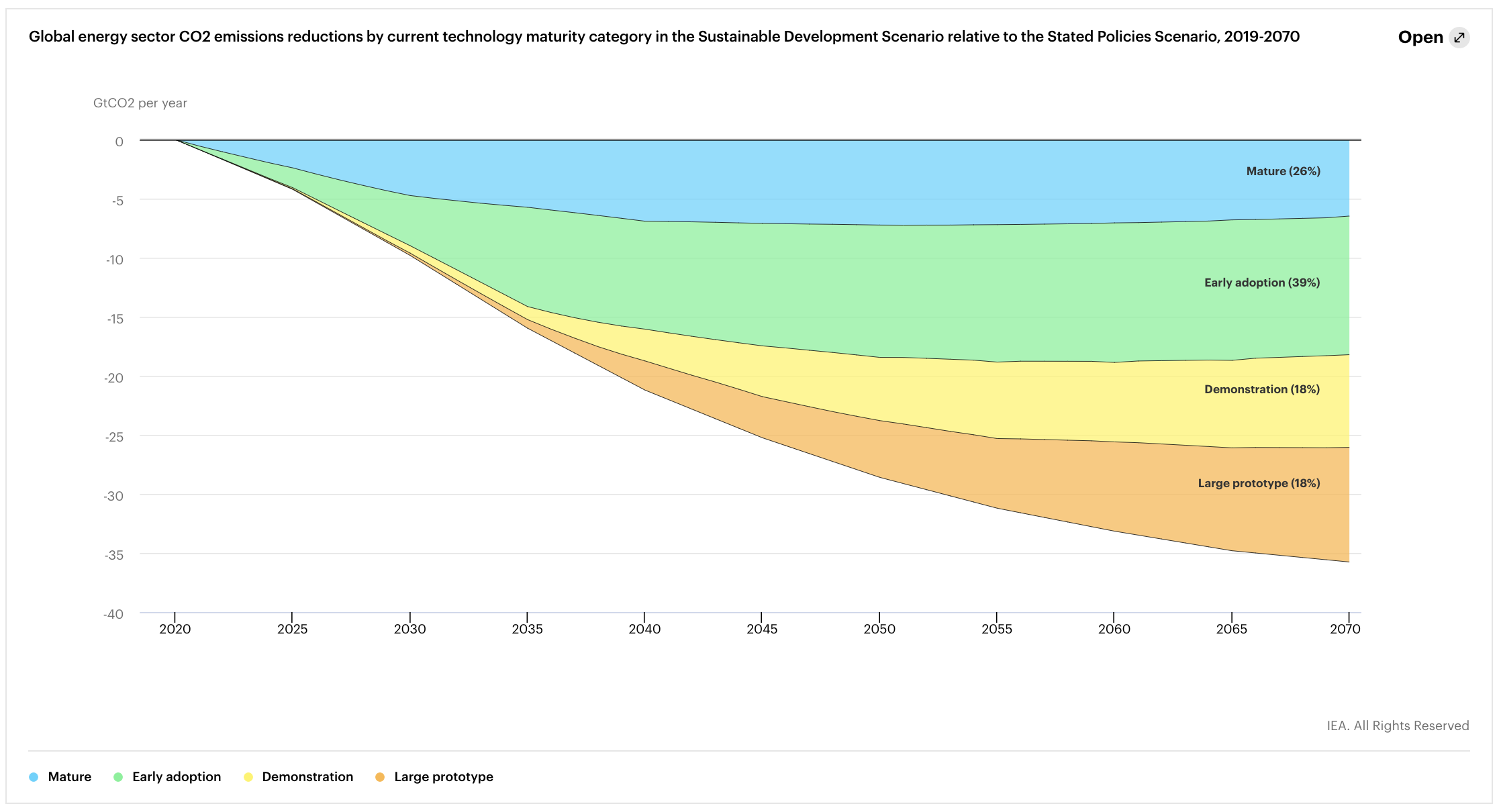
In the Faster Innovation Case, this share rises to half. Thirty-five percent of the additional decarbonisation efforts in the Faster Innovation Case come from increased electrification, with around 25% coming from CCUS, around 20% from bioenergy, and around 5% from hydrogen.
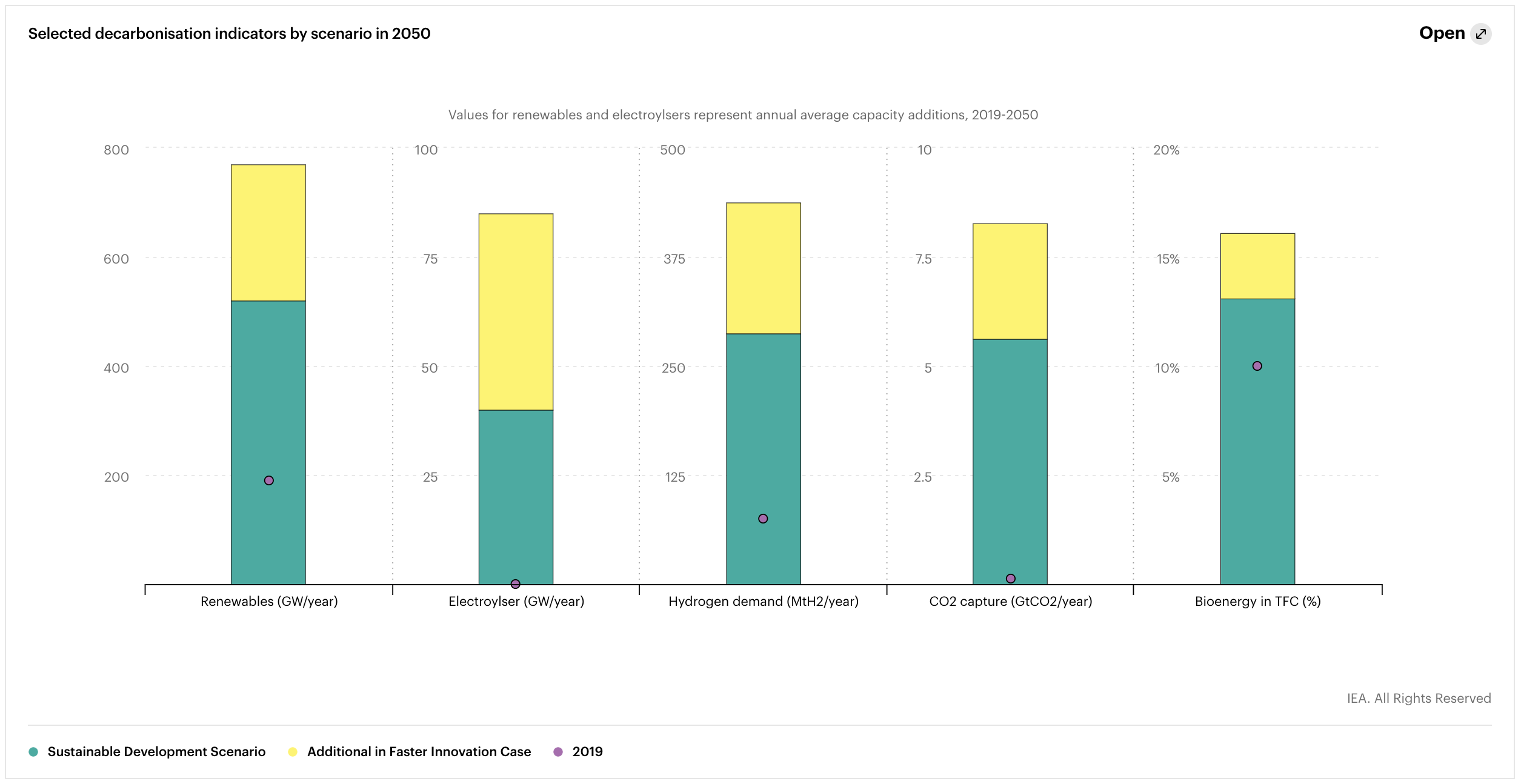
Bioenergy remains the single largest category of low-carbon energy sources, accounting for 9% of total primary energy demand in 2019 (with a roughly equal split between traditional biomass and modern bioenergy), followed by nuclear power (5%), hydropower (3%) and solar and wind (1%). Not all bioenergy is clean energy, however, since some of it is used in unsustainable and polluting ways.
The combustion of bioenergy is considered to be carbon-neutral (following the Intergovernmental Panel on Climate Change’s [IPCC] 2006 Guidelines for National Greenhouse Gas Inventories), with energy-related CO2 emissions in the production of bioenergy feedstocks or the conversion of biofuels being accounted for within the agriculture and other energy transformation sectors.
- Modern bioenergy includes biomass processed/pre-treated for electricity generation, industrial applications and biofuel production.
- Traditional use of biomass refers to burning locally sourced biomass for household cooking and heating, using basic technology such as an open fire pit.
Low-carbon bioenergy technologies will reduce electricity needs.
The International Energy Agency (IEA)
In the Sustainable Development Scenario, low-carbon heating systems in buildings based on biomethane and hydrogen ease the need to use electricity directly for space heating or cooling in buildings and for process heat in industry, as do district heat and cooling from low-carbon combined heat and power generation District heating, bioenergy and hydrogen account on average for almost 60% of global space heating demand in 2070, compared with around 20% from electricity.
Source: Flagship report of the International Energy Agency «Energy Technology Perspectives 2020»

